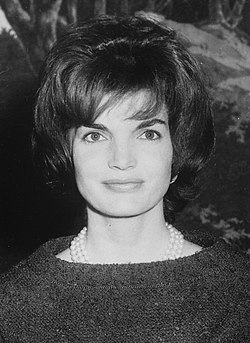21st century
In the 21st century, the term "socialite" is still attached to being wealthy and socially recognized. The lines between being a socialite and a celebrity with an exuberant partying lifestyle have since become blurred due to the influence of both popular culture and the media, particularly when the status of being a celebrity is largely due to that lifestyle. Celebrity Paris Hilton is an example of a 21st-century socialite due to her ability to attract media attention and fame based only on her connections and associations. Hilton is the great-granddaughter of Conrad Hilton, the founder of Hilton Hotels & Resorts, and heiress to the Hilton Hotel fortune. Due to her outrageous lifestyle, Hilton was hailed by the media as "New York's leading It Girl" in 2001. [12]
Gossip Girl , an American television series airing between September 2007 and December 2012, focuses on the lives of New York City socialites who live on Manhattan's Upper East Side. The show is a strong influence on how socialites are regarded in the 21st century because of the presence of scandal, wealth, and fashion in each episode. Pop culture gives the impression that by simply being wealthy and fashionable, an individual has the opportunity to become famous. Consequently, it is an individual's ability to climb the social ladder due to their wealth and recognition that makes them a socialite.
According to The New York Times , socialites spend between $98,000 and $455,000 per year (young and old, respectively) to maintain their roles as successful socialites. [13] Just the evening wardrobe of an individual regularly attending society functions can cost $100,000 annually. [14] Examples of modern-day American socialites include: The Kardashian-Jenner family, Jill Kelley, Tinsley Mortimer, EJ Johnson, Olivia Palermo, Lauren Santo Domingo, Paris Hilton, Derek Blasberg, and Jean Shafiroff.






















